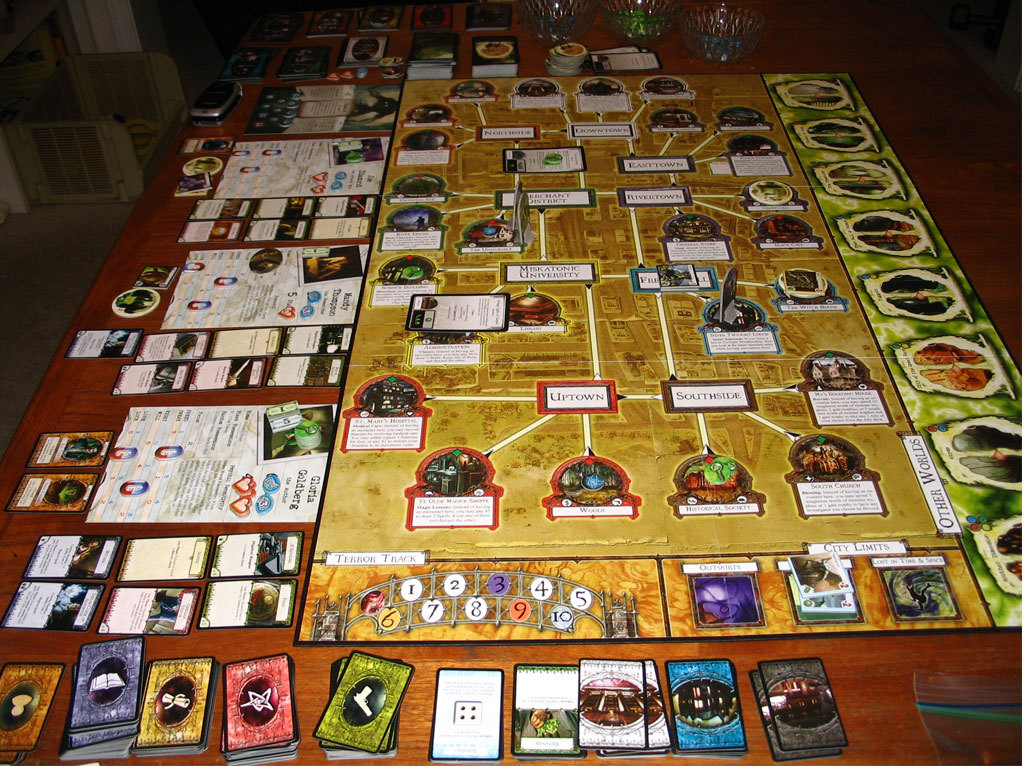
It came out five years before Pandemic, was published by Mattel of all people–therefore, it was a mass-produced game available at toy stores–AND it was a hella good co-op playable by the whole family! You and up to three other master spy-thieves had to break into a lair and steal the secret files in the safe, and you had to do it in 30 minutes real time. I am also not including hidden-traitor games ( Shadows Over Camelot, Battlestar Galactica, The Resistance, etc.) because there bossing other players around becomes part of the meta–it’s a feature, not a bug.īreak The Safe (2003): This game is miraculous for several reasons. Such games have a different problem: a player who has no chance of winning can often sabotage things, thereby robbing a rightful winner of their victory (table-flip territory if I’ve ever seen it). These are games where there is an individual winner but players must co-operate to avoid something bad happening because then everyone loses. It’s interesting to see how different designers have tackled the problem and come up with different solutions.įor the purposes of this listicle I am purposefully avoiding semi-cooperative games such as Castle Panic or Archipelago. No, what I’m assuming here is that you’re looking for a good co-operative game for your group but you want to avoid the Pandemic Effect. Ditto Arkham Horror first released in 1987 and recently updated to its third edition.Īfter Pandemic was published in 2008 and gave rise to its eponymous Effect, both players and designers realized that there was a need for solutions that were incorporated into the design of the game itself, and not simply rules that said, in effect, “don’t talk about what’s in your hand”. Its rules simply assumed players would work together to figure out Sherlie’s next move. This is a deck I've used in a true solo playthrough of the Dunwich cycle on expert difficulty.The first “modern” co-op game was arguably 1981’s Sherlock Holmes: Consulting Detective, which has recently been re-released and is a no-brainer buy for any Sherlock fan. In this guide, I'll give an introduction to playing Jenny on expert as well as a basic guide to this deck and the cards in it (including potential upgrades once you get some XP).Īfter that I'll give a rundown of the different scenarios as well as my recommended changes and upgrades to the deck for each. Since rogue decks can be very fluid things (thanks to Adaptable), this shouldn't be thought of as "the one true way". Rather, this represents my takeaway from going through the campaign - usually replaying each scenario a couple of times to make sure I didn't simply get lucky the first time. I've included my background notes at the end of the text if you are interested in my underlying reasoning. I've also made a similar deck for The Path to Carcosa. How much do you need to pass the test? If it's really important, you should aim for 5-6 above, but otherwise 4 above (3 in the first couple of scenarios) will usually give you a better than 50-50 chance.At what point do the special tokens penalize you for failing and how much would it hurt you?.Whenever you need to take a skill check anyway, you should look at two things to determine how much you need to boost: The overall philosophy behind the deck is to take as few skill checks as possible. If you cannot make those numbers, don't commit cards or resources to the test. Accept that you will fail a lot of tests and conserve your strength for the ones you need to pass.īelow is a short generalized guide to playing the deck.


See the "Scenario Guide" section for pointers on the individual scenarios. Hard mulligan for Art Student, Drawn to the Flame and Flashlight. If you get two or more of these in your opening hand, you should keep them and mulligan the rest for Sleight of Hand, Calling in Favors and Double or Nothing.


 0 kommentar(er)
0 kommentar(er)
